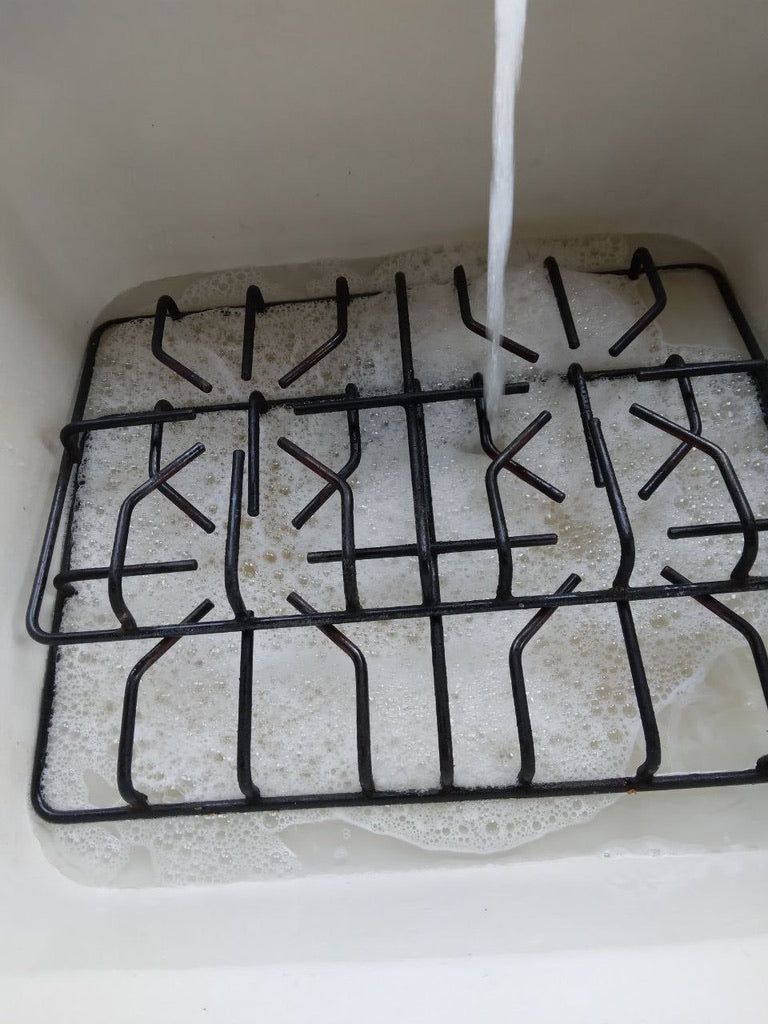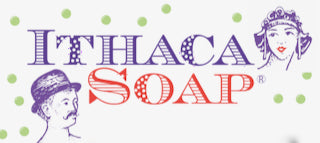


Water Conservation Efforts
"Save" Water
The phrase "save water" has a mixed meaning.
It could be directing you to use less water. Or be conscious of not using more than you need for a given task.
Turn the water off while hand washing dishes as you are scrubbing them and turn on the water to rinse. Or apply that theory in the shower.
Or it could mean for you to stockpile some water, in 5 gallon buckets and / or gallon jugs, in case the electricity goes out.
Or , maybe it means be mindful of what is put in the waste stream, so the natural body of water, such as a stream, lake, or ocean, is saved from pollution.
It could also mean, to leave water in it's original place. Save water here...don't move it over there. For example, leave water in the Colorado River, instead of moving it to a golf course in Arizona.

Water is a life essential
How do you use water
Water conservation efforts are a big deal. Every living being, whether we are talking about plants, animals, trees, fish, soil, rocks, and people. Water matters to everything on Planet Earth.
Every industry, every business - big or small, uses water. Water is essential for all life.
How we use water is another matter. Moving water around the planet in plastic bottles and other forms of packages, is big business.
You may have seen polypropylene coated paper cartons, plastic refillable pouches, fancy aluminum or glass bottles, all filled with up to 80% water. Most people have some plastic bottle or jug filled with some small amount of something and a lot of water. Look in your bathroom closet, your car, on your desk, in your purse or backpack, under the kitchen sink, in the garage, in the refrigerator and the pantry.
Water is the hidden in plain sight ingredient in drinks, cleaning solutions, personal care, prepared foods , etc.
Water has been transported from one side of Mother Earth to the other for decades.

Think about how you use water
Simply mull it over
A beginning step to water conservation efforts is to keep water in its original place. Soaps and cleaning solutions, drinking water, soft drinks, packaged liquid foods, etc, are all a high percentage water.
Many natural and conventional liquid soaps available today, are in the form of dish soap, shampoo, hand soap refills, laundry soaps, facial and shower washes, and Castile soaps. There are household cleaners of all kinds, each packed in a variety of containers. They are 80% water. As this water is distributed around the world to individuals that need soap, it takes up a lot of room all through the supply chain on its way to you.
From factory warehouse shelves, to shipping products in tractor trailer trucks, in shipping containers on boats* (or trucks), on store shelves, and eventually in your storage closet.
*A funny thought: Think of it this way. Fill a container with a lot of water (80%) and a little bit of the actual product (that could be diluted at home), pack it in a shipping container, put it on a boat that travels across a large body of water (ocean) to get to a destination far, far away, where there is likely some form of water for dilution, if the water wasn't diverted to a place where it didn't belong.

What does water conservation really look like?
The Journey
This 80% of water is heavy, aside from taking up a lot of room. Unnecessarily shipping water uses a LOT of fuel.
Commercially, most water intensive product manufacturers are diverting the topic from the travesty of moving water to a packaging conversation. "Plastic Free" "Global Plastic Treaty", "refill shops". They are not addressing Water Conservation at all. They are all still shipping water.
This is what water conservation efforts really look like now. The world is beginsning its collective zero waste journey, when it comes to ordinary household and personal care products. Water conversation is a great place to begin your personal zero waste journey.

In today's world, is zero waste possible?
Zero Waste
True zero waste means no waste. Absolute zero waste in a product's manufacturing journey and end user life cycle, is pretty difficult to achieve, if not impossible.
Esoterically speaking, the number zero also means an open container, encompassing everything and nothing. If you look at "zero" from an esoteric perspective, it could mean that you are creating a lot of waste and no waste at the same time. AND you are not lying. Think!
Businesses can claim to be zero waste, by purchasing carbon credits to offset their carbon footprint. Everything and nothing.
This means that every person on the planet is theoretically assigned an amount of waste they can produce to meet maximum levels before the collective whole is tipped into a waste danger zone. Businesses produce more waste than individuals, simply by providing products and services that use a lot of energy and materials.
The consumers are using the products that created the waste.
Take the pile of beautiful organic greens on the left. Unless I pick them straight out of my garden, or I get them at my beloved Ithaca Farmers Market, it is likely they were sold in a plastic bag.
As much as we would like to believe plastic bags are recycled, they are not.

How do carbon credits benefit me?
Carbon Credits
Carbon Credits, in my understanding, are a calculation of waste that the planet can handle over a period of defined time, divided by the number of people on the planet.
Individuals have a positive number of carbon credits, while businesses and certain individuals (the .01% to the 1% of the entire population on Planet Earth) have a negative number of carbon credits. A business purchases the positive credits through an intermediary carbon credit "bank" from the "individuals' balance" to offset their negative credits, in order to keep track of the total output of pollution.
Through this accounting system, a business (or individual) can therefore claim zero waste. It's an accounting system for pollution output.
Here it is again. Everything and nothing. AKA greenwashing.

Think about your personal carbon footprint
We All Do Our Best
Natural liquid soaps and household cleaning fluids are very handy when it comes to hand washing dishes, cleaning a couch, mopping a floor, washing windows, etc.
For example, a solid shampoo bar gets you more shampoos per dollar, in a much smaller, potentially plastic free package. 80% less water is being transported in that shampoo bar. It is solid soap specifically formulated for hair, that is diluted while you are using it, using the same shower water you will be using anyway.
One shower, gets you 2 uses out of the same amount of water. One use is the actual shower and the 2nd use is diluting the shampoo as you wash your hair.
You can simply choose to participate in water conservation efforts. Transition from your use of those products that are likely plastic packaging filled with 80% water and replace them with bar soaps, solid shampoos, and Instant Liquid Soap.
Replace all of your household cleaners with Instant Liquid Soap. Add the water at home to dilute into useful and effective liquid soap.
By taking part and choosing to replace already diluted soaps with Instant Liquid Soap, which is sold dry and you dilute at home, you are participating in a water conservation effort.

Your water conservation efforts can be easy
Think!
Soap is a funny thing. It's not glamorous or flashy, yet everyone uses it and has some form of it, even if it’s the artificial kind called detergents, sanitizers, and cleaners. It's an essential, necessary component for healthy living.
It can be a water intensive business if the manufacturer is not water conservation conscious.
Resist the allure of liquid soap filling stations. That water (80% of liquid soap is water) was transported there. Then you will transport it home.
Your water conservation efforts to participate in this world wide mission are simple. By choosing to purchase dry soap that you dilute at home to get that same liquid soap convenience, you are participating. That's all it takes.
Instant Liquid Soap takes up 50% less space. This means shipping space in trains, on boats, and delivery trucks. By "saving" 50% transport space, you can fit 50% more, or double the amount packed in a truck. This DECREASES the transport weight. Decreasing weight and increasing the amount of product, saves a HUGE amount of fuel.
It is also 50% less space in warehouses, making them more efficient. It's 50% more room on store shelves. This doubles the savings again. Orders will be bigger and less frequent, saving industrial shipping costs fuel again.
It helps employees, by reducing box weights by 80%, making them able to move more soap with less effort. This has the potential to reduce breakage and waste to zero. Plus, it eliminates liquid soap spilled at a filling station.
With 80% reduced weight and 50% less space, you are increasing the water conservation efforts by 70%. It's a win win for everyone involved from the beginning of the manufacturing process to the end user. That's you.

You are the change
How to Begin
Start small, so you aren’t overwhelmed. Take one thing, like replacing your natural liquid Castile soap that comes in a plastic bottle or a paperboard carton, or plastic refill pouch and replace it with Instant Liquid Soap.
Learn how to dilute it and fit this into your routine. Once you are comfortable with this change, and you do it without thinking about the new way of doing things, pick something else, like a solid shampoo bar. Again, when this becomes a seamless part of your routine, pick another thing.
Real change on a world level begins with each individual. If we all participate and make better choices, big manufacturing and industry will adapt.
